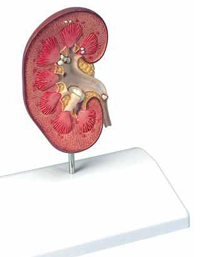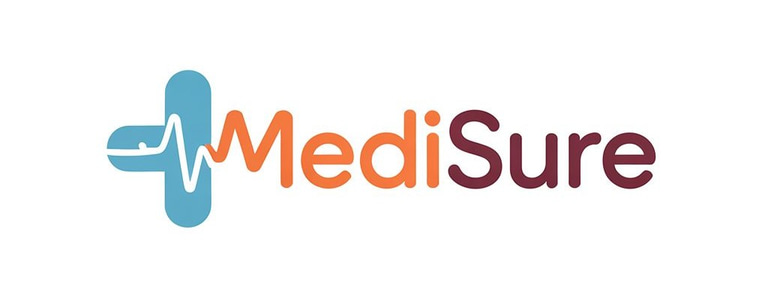رَبِّ زِدْنِي عِلْماً

Kidney Stone
Nursing Modals
₹82.00₹22.00
Kidney stones are hard mineral and salt deposits that form in the kidneys and can cause significant pain and discomfort. They vary in size, ranging from tiny crystals to large stones that can obstruct the urinary tract. The formation of kidney stones often results from a combination of factors, including dehydration, high salt intake, and certain medical conditions. Symptoms typically include intense pain in the lower back or side, blood in the urine, and frequent urination. Treatment options vary depending on the size and type of stone and may include increasing fluid intake, medication, or in some cases, surgery. Preventive measures often involve dietary changes and hydration to reduce the risk of recurrence. Understanding the causes and symptoms of kidney stones is crucial for effective management and prevention.
Features: A helpful tool to inform patients about kidney stones (nephrolithiasis) and urinary stones (urolithiasis) It shows an opened right kidney in natural size The renal calices, the renal pelvis and the ureter are opened as well so that concretions or stones can be identified in the following typical positions:
Training
Providing essential healthcare training and simulation solutions.
COntacts
Support
info@medisureinternational.com
+91 9972123423
© Medisure. All Rights Are Reserved
Crafted with ❤️by Influence Kashmir
